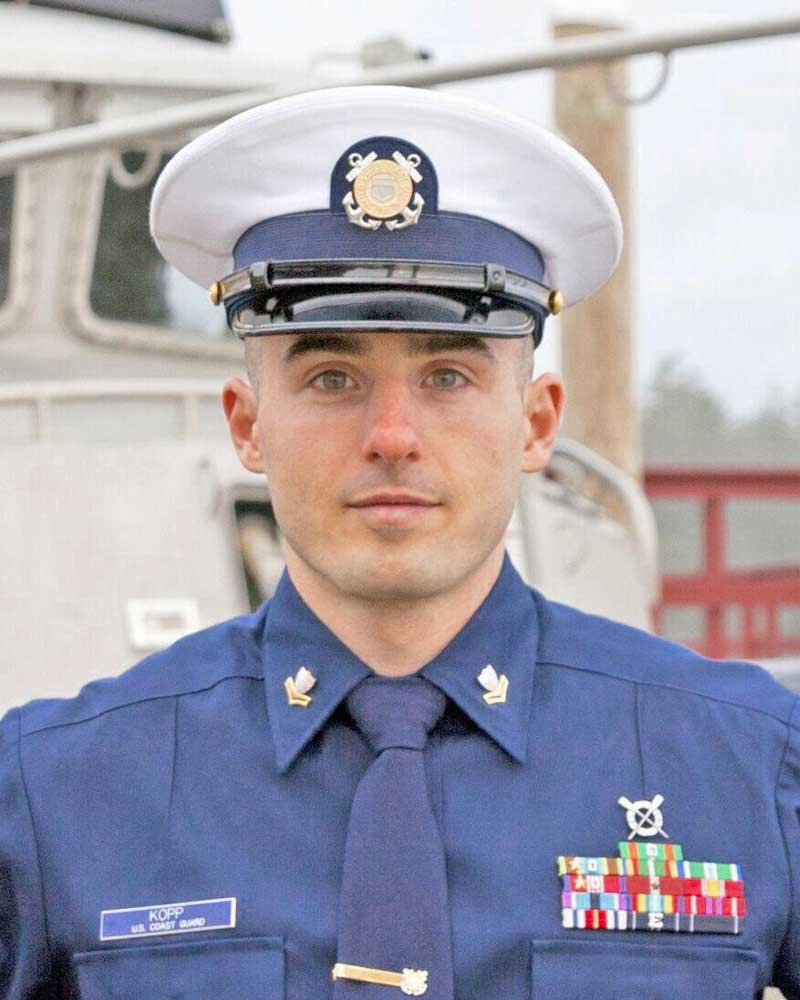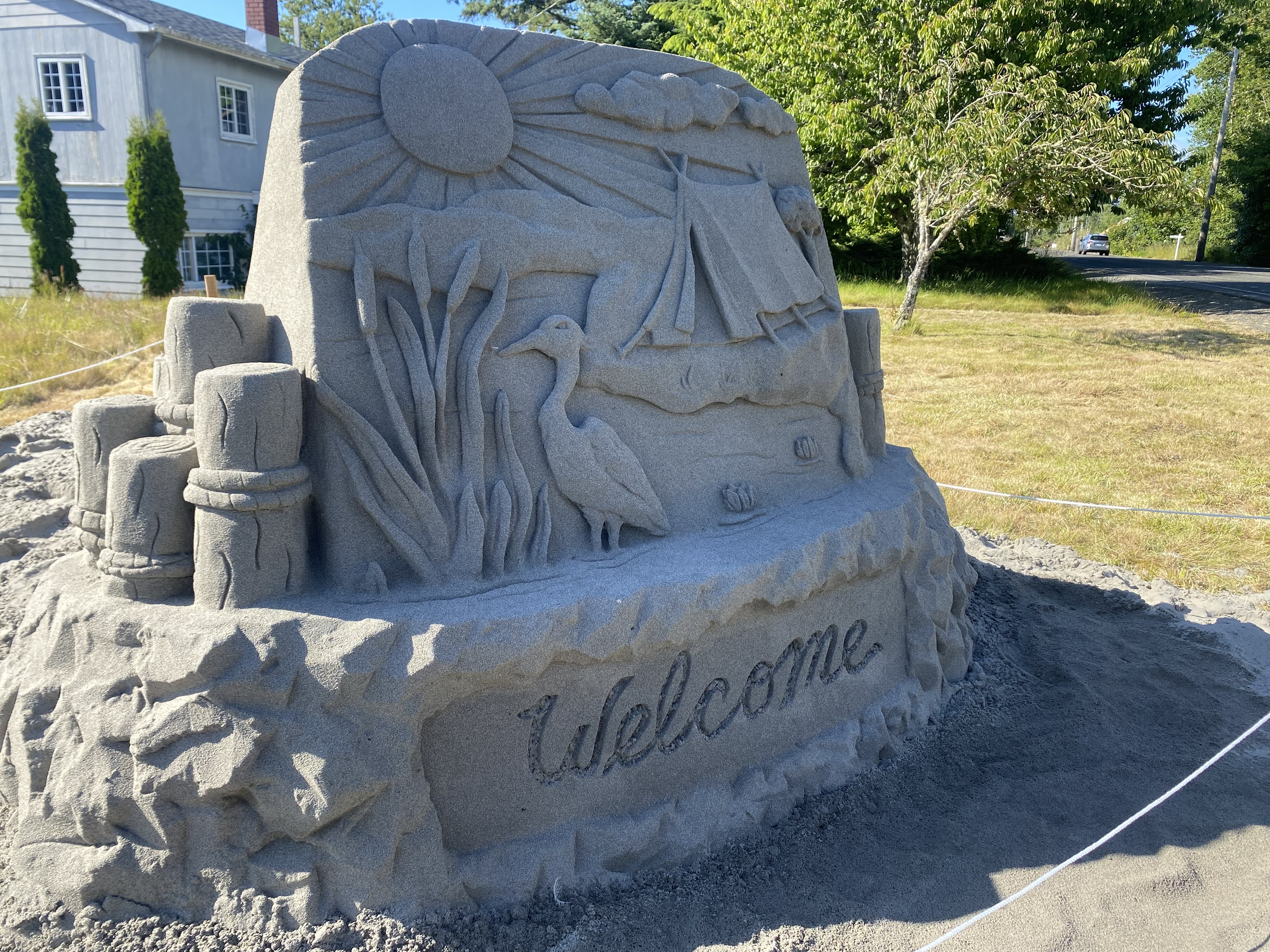Bookmonger: An insider’s look at the U.S. Coast Guard
Published 9:00 am Wednesday, July 12, 2023

- John Kopp, an author and former U.S. Coast Guard surfman, leads the Past the Present Lecture Series at the Columbia River Maritime Museum.
At the age of 6 years old, John Kopp visited U.S. Coast Guard Station Cape Disappointment with his family, where he was utterly entranced by the U.S. Coast Guard and its lifeboats — so much so that when he grew up, he enlisted and served for nearly a decade.
Trending
Dividing his time between East Coast and West Coast appointments, he capped off his career as boatswain’s mate first class in 2019, after certifying as a coxswain on a 52-foot motor lifeboat and a surfman on a 47-foot motor lifeboat at U.S. Coast Guard Station Cape Disappointment.
Now retired and moving on to a new career as a therapist in Port Angeles, Washington, Kopp hasn’t entirely left his first passion behind. He has just come out with a book, “CG 41332,” which offers a detailed narrative of the 1977 capsizing of U.S. Coast Guard utility boat 41332.
The tragedy claimed the lives of three crew members: Raymond Erb, from U.S. Coast Guard Station Tillamook Bay and Gregory Morris and Albin Erickson from Station Grays Harbor.
Trending
The incident also altered the way the U.S. Coast Guard’s National Motor Lifeboat School trained its students for rough-weather rescues at sea.
But that’s not all Kopp offers up in this book, as this volume runs over 600 pages long. Nearly 100 of those pages are dedicated to appendices and a bibliography at the book’s end — but that still leaves some 500 pages for a diligent recap of the U.S. Coast Guard’s origins and how maritime lifesaving got its start in the United States.
That introduction is followed by a blow-by-blow account of the 41332 accident, then culminating with a discussion of how the U.S. Coast Guard’s surfman community has evolved since the tragic 1977 event.
The first section particularly delves into minutiae that will be of immense interest to some readers and that perhaps will be overwhelming to others.
Kopp acknowledges this, but this self-published project is important to him, and he wasn’t willing to omit all of the information he had accrued in his research. Instead, he gives readers his blessing to skip ahead if they get bogged down.
The second section, which is devoted to the capsizing accident, is difficult to read, but for other reasons.
“CG 41332” by John Kopp
Remis Velisque — 616 pp — $30
It is a clear-eyed description of a harrowing sequence of events. Different players made different decisions based on the best calculations they could make at the time, given the information they had and the skills they possessed.
“It is undeniable that that there are innumerable causes and conditions behind everything — everything — that occurs,” Kopp writes.
The final section delves into the trauma that survivors were left to deal with, and the way the U.S. Coast Guard as an institution dealt with the aftermath of the tragedy then, and how the U.S. Coast Guard grappling with new and sometimes recurring challenges today. Again, Kopp delves into issues at a granular level, from the availability of engine parts to the design of U.S. Coast Guard insignias.
Generous with photographs, generous with diverse perspectives, generous with detail, “CG 41332” offers a wealth of information. But this hefty tome may be overwhelming for the lay reader.








